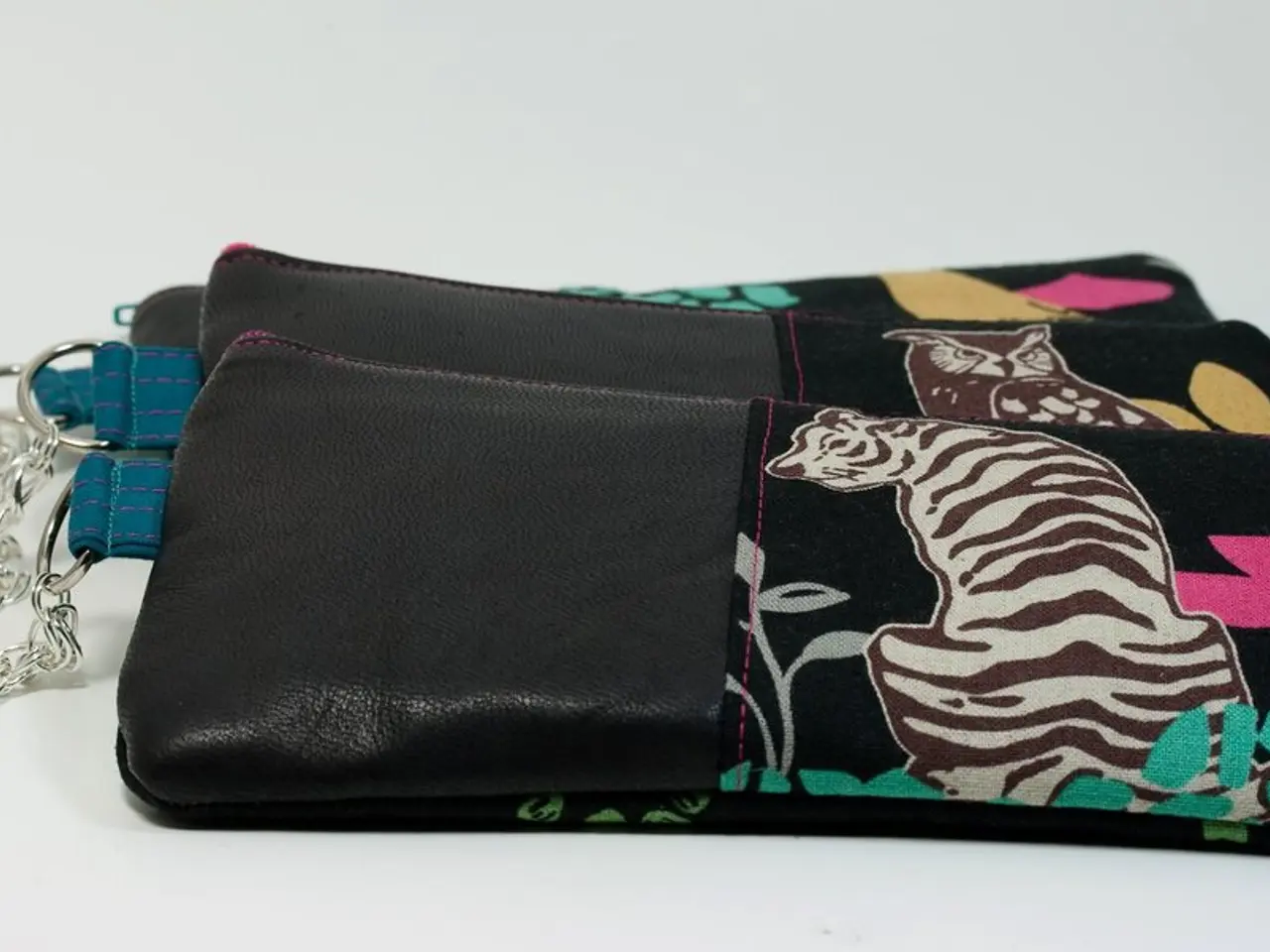International perspectives on cross-border transactions, as revealed in the World Bank's Global Findex 2025 report
World Bank's Global Findex Report 2025 Highlights Progress and Challenges in Financial Inclusion
The World Bank's Global Findex Report for 2025 offers a comprehensive snapshot of consumer financial behavior across 141 economies, providing valuable insights into account ownership, mobile money use, digital payments, and remittances.
The report, based on data collected in 2025, reveals substantial growth in financial account ownership globally, driven largely by mobile phones and internet access. However, about 1.3 billion adults worldwide still lack accounts, with a quarter of adults in low- and middle-income countries (LMICs) remaining unbanked. Gender gaps persist in account ownership, particularly in 65 economies where gaps exceed 13 percentage points on average, though these are narrowing gradually.
Mobile money accounts are increasingly important for financial access, particularly in developing countries. The rise in mobile money use reflects broader digital connectivity and adoption of digital financial services. In developing economies, digital payments have nearly doubled in use, covering payments made and received directly through bank or mobile money accounts. Digital merchant payments have also grown, with 36% of adults in LMICs purchasing goods online in 2024.
The report reveals growing opportunities in expanding access to cross-border payments for underserved users in developing markets. While there is progress, significant barriers to onboarding and usage remain. The rise in digital payments and cross-border ecommerce heightens demand for efficient, accessible international money transfers and remittances, suggesting cross-border payment providers have large markets to serve by expanding digital solutions tailored to these regions.
The World Bank's Global Findex Report 2025 underscores that while digital financial inclusion is advancing rapidly thanks to mobile technology and increasing account ownership, major challenges remain to reach the hardest-to-serve populations and to ensure equitable access, especially for women and those in fragile economies. The digital payments ecosystem is expanding robustly, including for cross-border transactions in developing markets, but further efforts are needed to overcome persistent barriers and fully leverage this digital financial revolution.
This report is particularly relevant for cross-border payments providers operating in developing markets, offering updates on consumer usage of financial services globally. Creating a free account provides access to the most extensive range of research and analysis on cross-border payments globally, including the industry-leading newsletter.
Investing in the digital payments sector, particularly in developing markets, could yield significant returns given the growth in mobile money use and digital payments globally, as highlighted in the World Bank's Global Findex Report 2025. Businesses focused on expanding access to cross-border payments for underserved users in these regions have a large market to serve, as demand increases with the rise in digital payments and cross-border ecommerce.
Financial inclusion, a key focus of the World Bank's Global Findex Report 2025, presents an opportunity for businesses to address ongoing challenges in reaching hard-to-serve populations, such as those in fragile economies and women with persistent gender gaps in account ownership. These efforts could lead to substantial gains in the finance industry by ensuring equitable access to digital financial services.




